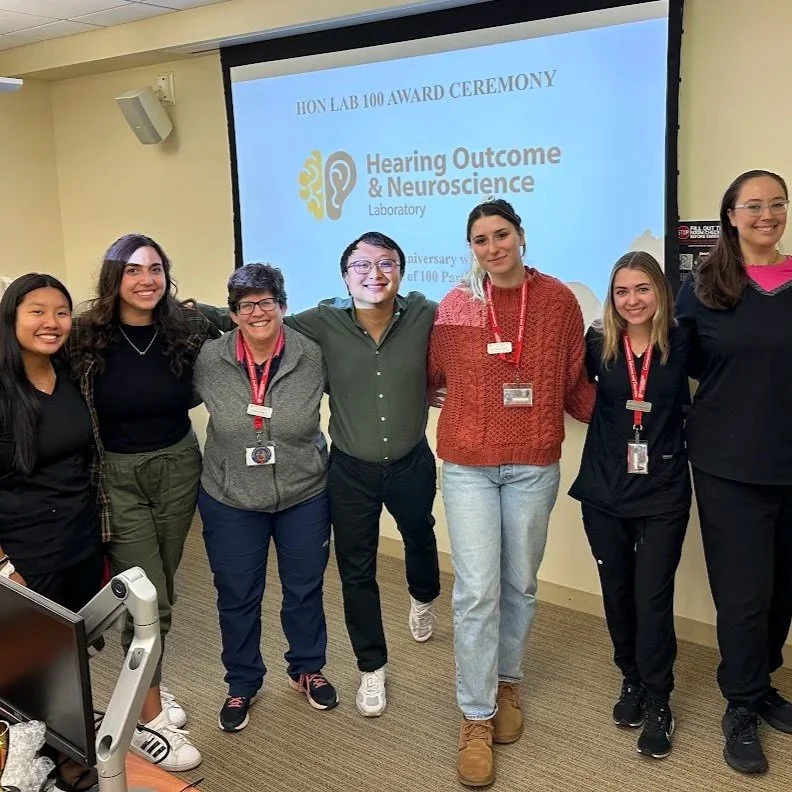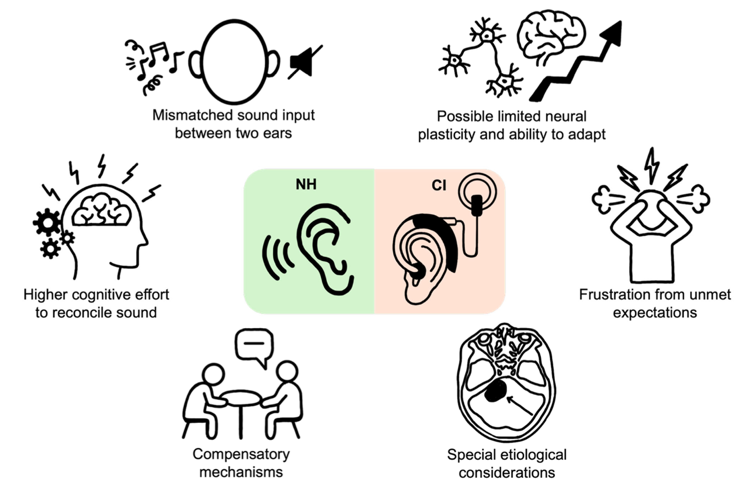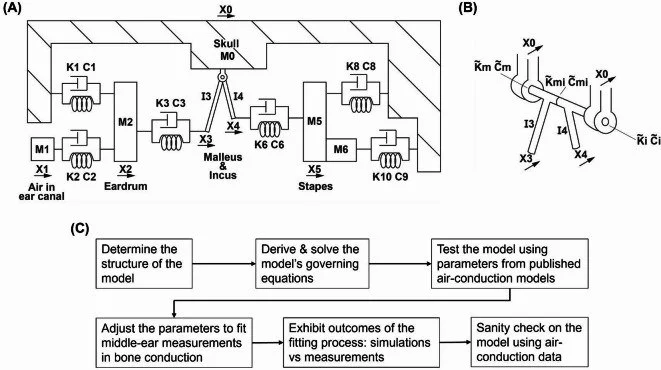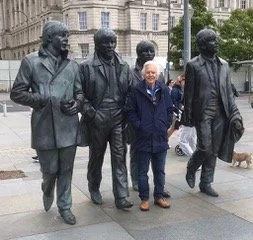Hearing Loss & Tinnitus Statistics
Hearing and balance conditions are an invisible public health epidemic: 48 million people in the United States and 477 million worldwide live with hearing loss.
Hearing Loss: By the Numbers
In the U.S. more than half of people older than age 75 and one third of those ages 65 to 74 have a hearing loss.
Hearing loss is the third most prevalent chronic health condition facing older adults.
One in eight children in the U.S. ages 6 to 19 show evidence of noise-induced hearing loss.
For every 10 dB decrease in hearing, there is a significant decrease in cognitive ability.
More than 90 percent of children born with hearing loss have parents with typical hearing.
3 in 1000 babies born in the U.S. have a hearing loss.
Treatment Is Essential, but Underutilized
Hearing aids show a significant benefit to individuals with hearing loss.
About 80 percent of hearing loss cases can be treated with hearing aids, but only one in four individuals who could benefit actually use them.
Hearing aid usage may offset cognitive decline from untreated hearing loss.
Older adults who use hearing aids show reduced depression symptoms and improved quality of life.
The risk of dementia may be up to five times greater and the risk of falling three times greater among people with untreated hearing loss.
Tinnitus: By the Numbers
90 percent of tinnitus cases occur with an underlying hearing loss.
Tinnitus repeatedly ranks as the number one disability among returning military service members, just ahead of hearing loss.
25 million American adults report experiencing tinnitus for five or more continuous minutes in the past year.
There are no documented cures for tinnitus, but many treatments can help.
16 million people seek medical attention for tinnitus annually.
Noise Puts Us at Tremendous Risk for Hearing Loss and Tinnitus
26 million people in U.S. between ages 20-69 have a hearing loss.
22 million U.S. workers are exposed to hazardous noise levels annually.
Nearly 50% of persons aged 12-35 years could be exposed to unsafe noise from personal listening devices, and 40% in this age group could be exposed to potentially damaging levels of sound at entertainment venues.
Musicians are 400% more likely to have a hearing loss and 57% more likely to have tinnitus than the general public.
Sources
BMJ-British Medical Journal. Apr 30, 2014. Professional musicians run almost four-fold risk of noise-induced deafness.
Center for Disease Control and Prevention. Dec 11, 2018. Statistics about the Public Health Burden of Noise-Induced Hearing Loss.
Columbia University Irving Medical Center. Nov 14, 2019. Link between hearing and cognition begins earlier than once thought.
The Journal of the American Medical Association Internal Medicine. Feb 25, 2013. Hearing loss and cognitive decline in older adults.
National Institutes on Deafness and Other Communication Disorders. Fact Sheet: Noise-Induced Hearing Loss.
U.S Department of Veteran Affairs. 2019. Annual Benefits Report FY18: Compensation.
World Health Organization. Mar 20, 2019. Hearing loss and deafness.
World Health Organization. May 1, 2014. The global burden of disabling hearing impairment: a call to action.
From the chapter “The Epidemiology of Tinnitus” in the book “Tinnitus: Theory and Management” (PMPH USA, 2004).












The next step in this field is the use of powerful modern sequencing technology in order to map gene activity and gene regulation during hair cell regeneration in fish and birds as well as in mammalian balance organs.